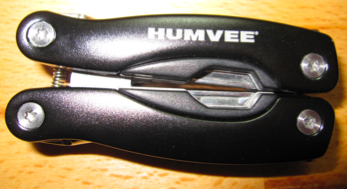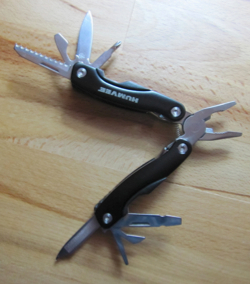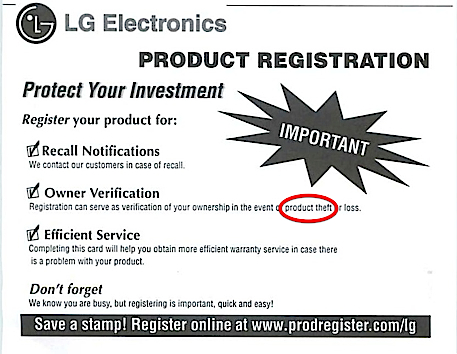Recently I replaced my cell phone and my wife’s phone with new ones. As I was doing so, I was quite careful about not getting a phone that would require me to change my cell phone plan. Many of the new phones (at least on Sprint), can’t be activated on the plan I have. My plan is over 7 years old; I got it when I first got my Handspring Treo 300. This plan originally cost $85/month which included unlimited data, unlimited picture mail, unlimited SMS, 2000 anytime minutes, free mobile to mobile (on Sprint), and a second line. Since then, I’ve been able to get some additional discounts on it and I’ve added 2 lines to the plan (for my parents). Now I pay about $90/month including taxes for the 4 lines (unlimited data and SMS is only on the primary line).
Let’s compare this plan to what it would cost for an iPhone plan on AT&T. A 2100 minute plan for 2 lines costs $109.99 + $9.99 for each additional line. Data for the iPhone is $30/month and unlimited messaging is $20/month. So to get a comparable iPhone plan for me and standard phones for my family, it would cost me $180/month + taxes which is more than twice what I currently pay.
If we just look at individuals, we’re talking about $39.99 for 450 minutes + $30 data + $20 for messaging. That is $90/month + taxes for a single line!
It turns out that I’ve basically written about this before, but aimed at teenagers.
Maybe I’m just cheap, but I can’t justify spending more on cell phone service. This might change later on, but for now, I’ll stick with what I have. If I was more mobile and didn’t work from home, maybe I could justify the added cost, but my cell phone needs are pretty basic. It’s kind of funny saying that as I work for a company that provides wireless data solutions to companies!



